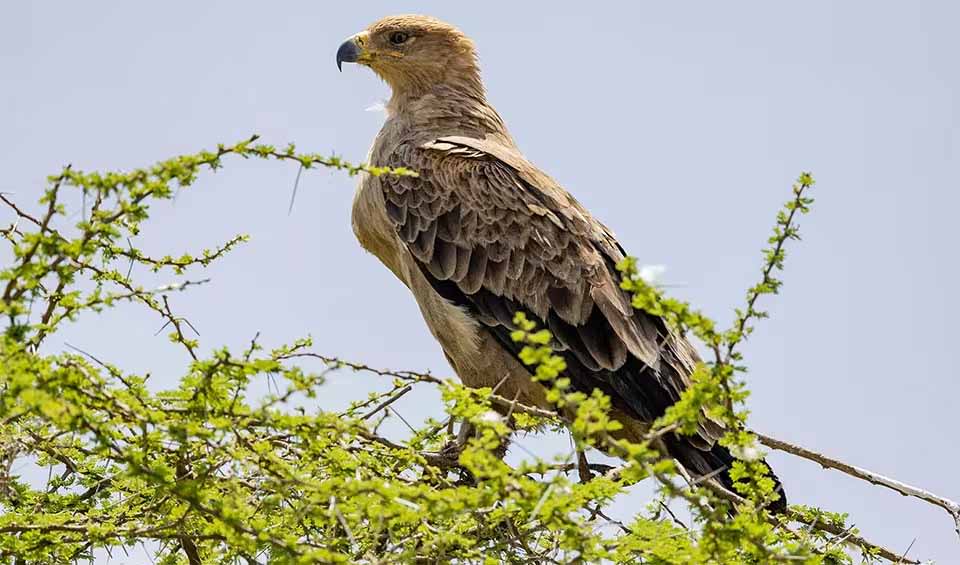Italy is noted for its exceptional biodiversity, boasting the highest number and density of both animal and plant species in the European Union, along with a significant rate of endemism. This biodiversity is largely attributed to Italy’s varied biogeographic regions: the Alpine, Continental, and Mediterranean regions. These regions encompass the mountain ranges of the Alps and the Apennines, the islands of Sicily and Sardinia, the plains of northern Italy, and the extensive Italian peninsula with its Mediterranean climate and a long coastline of about 7,400 km (4,598 miles) along the Mediterranean Sea.
With over 57,000 recorded species, Italy accounts for more than a third of all European fauna, a richness that stems from its diverse geographical landscape that includes mountains, plains, and extensive coastlines.
Four pillars elaborated:
Italy boasts 22 national parks that span over 1 million hectares (10,000 km²) , covering 5% of the national territory. Additionally, 50 Italian wetland sites have gained international recognition, meriting inclusion on the Ramsar Convention on Wetlands list. The Nature 2000 Network encompasses 20.5% of Italy’s national surface. Italian forests, which are crucial for landscape aesthetics, biodiversity, environmental stability, and economic benefits, cover about 10 million hectares (100,000 km²) —30% of the national area and 5% of Europe’s total forested area. From 2000 to 2005, these forested areas expanded by approximately 100,000 hectares (1,000 km²) annually, mainly due to the conversion from agricultural land use. Along the Italian peninsula, 23 protected marine areas and 2 marine parks protect around 200,432 hectares (20,043 km²) of sea and over 700 km (435 miles) of coastline. Land Management
Land Management
In Italy, ecosystem changes largely stem from human activities such as pollution from surface runoff, habitat fragmentation, and the use of chemicals. Mismanagement in forestry and agriculture, urbanization, and the abandonment of pastoral activities contribute to the decline of semi-natural habitats. These factors, along with infrastructure development and the cultivation of alien species, pose major threats to habitats important to the European Union. Intentional fires also significantly impact habitat conservation. Direct harvesting remains a considerable threat to plant species and, to a lesser extent, animal species, despite existing regulations. Threats to Biodiversity
Threats to Biodiversity
In marine environments, fish mortality is the most significant threat to species, followed by pollution and ecosystem changes. Similarly, pollution and ecosystem alterations are the leading dangers to marine habitats. Italy has identified around 3,000 land alien species, including 1,645 animal and 1,400 plant species, alongside 156 freshwater and 726 marine species. While not all alien species are harmful, invasive ones, particularly vertebrates and invertebrates affecting human health, can cause local extinctions and are a looming threat, especially to fish populations.
Italy has established a robust framework for biodiversity conservation through various laws and policies, guided by the Ministry for the Environment, Land and Sea. Key legislation includes the Framework Law on Protected Areas and the Law for Sea Protection, alongside the establishment of Areas of Ecological Protection. The implementation of the National Biodiversity Strategy (NBS) involves multiple stakeholders, facilitated by the National Biodiversity Committee and supported by the National Biodiversity Observatory. Financial mechanisms for biodiversity are also in place, including the Natural Capital Committee under Law 221/2015, which pushes for the integration of environmental accounting and the elimination of harmful incentives to biodiversity by 2020. Capacity and Governance
Capacity and Governance
Italy also actively participates in EU funding programs, allocating significant resources to biodiversity conservation through various EU funds such as the ERDF and EAFRD, emphasizing the protection of natural resources and promoting sustainable tourism in natural areas. This comprehensive approach underlines Italy’s commitment to preserving its biodiversity and enhancing environmental sustainability.
The Italian government has launched the National Biodiversity Strategy 2030, outlining guidelines for conserving, protecting, and enhancing the nation’s biodiversity and ecosystems, rich in diverse plant and animal species. This strategy aligns with the global ambition to restore and protect all ecosystems by 2050, involving concrete local actions. To implement this, the Italian Ministry of the Environment and Energy Security has established an internal committee responsible for managing the project. This committee will oversee and promote various initiatives, acts, measures, and technical/scientific documentation, which will be reviewed by Italy’s State-Regions Conference, the entity tasked with implementing and updating the strategy. A comprehensive review set for 2026 will assess the strategy’s effectiveness and make necessary adjustments based on the achievements and evolving conditions. Future Trends
Future Trends
Biodiversity
The Alpine region in northern Italy, which includes the Italian Alps and the Dolomites, is characterized by high-altitude environments with glaciers, alpine meadows, and coniferous forests. This region is home to species such as the Alpine ibex, chamois, and marmot. The forests support a variety of wildlife, including the brown bear, lynx, and golden eagle. Plant life in the alpine regions includes numerous endemic species adapted to the harsh mountain conditions.The Mediterranean coastlines and islands of Italy, including regions like Sicily, Sardinia, and the Tuscan Archipelago, are characterized by their unique coastal and marine ecosystems. The coastal areas are home to various species of seabirds, including the Audouin’s gull and the Mediterranean shag. The marine environments are rich in biodiversity, with species such as the loggerhead sea turtle, bottlenose dolphin, and numerous types of fish and invertebrates. The seagrass beds and coral reefs are particularly important for marine life.
In the table below are the number of known species in several main groups, how many of these species are Threatened with extinction, and how many of them are Endemic (unique to Italy only):
| Species (World rank) |
Threatened | % Threatened | Endemic | % Endemic | |
|---|---|---|---|---|---|
| Mammals | 128 (#90) | 8 | 6.3% | 4 | 3.1% |
| Birds | 352 (#101) | 17 | 4.8% | ||
| Reptiles | 62 (#114) | 4 | 6.5% | 4 | 6.5% |
| Amphibians | 46 (#61) | 9 | 19.6% | 12 | 26.1% |
| Fishes | 627 (#94) | 76 | 12.1% | 10 | 1.6% |
| Plants | 6,095 (#51) | 102 | 1.7% | 93 | 1.5% |
mammals
Brown bear
The second largest bear, right after the polar bear. Sadly, it well might top the list soon
Crested porcupine
They don’t shoot quills—they let predators do the hard work by detaching them on contact!
Chamois
Their horns are curved backward, resembling a hook or a pair of lyre-shaped instruments
birds
Tawny eagle
Often seen as a symbol of strength, freedom, and keen vision in many African communities
Common kingfisher
Possessed with special visual adaptations to catch fish
Common pheasant
One of the most hunted, widespread, ancient, and well-known game birds
reptiles
European cat snake
With the agility of a nimble climber, it effortlessly slithers up trees and through tangled vegetation
Common chameleon
A reptile that can mimic the hues of nature and capture its feast with a tongue that’s like a thunder
Greek tortoise
The mosaic-shelled marvel of the Mediterranean
amphibians
Common parsley frog
Green amphibian that’s really good at hiding, usually no bigger than your hand
Marbled newt
When winter comes, they bury themselves in the mud and basically freeze solid!
Common spadefoot
Can produce a peculiar garlic-like smell when threatened, which acts as another line of defense to deter predators
National Animals
Wolf
The howl of each wolf is different
Italian sparrow
Considered a hybrid species — believed to have arisen from the interbreeding of the house sparrow and the Spanish sparrow


















